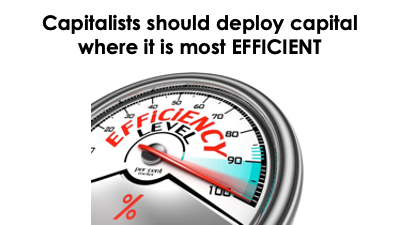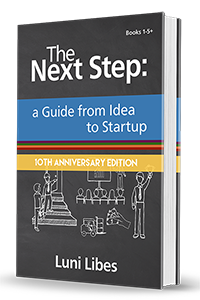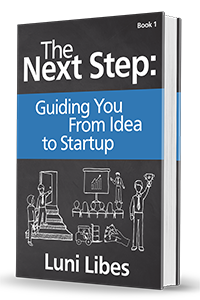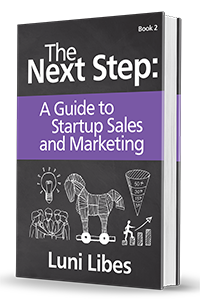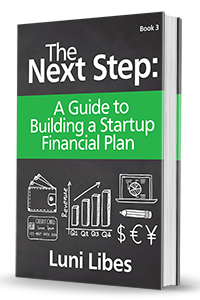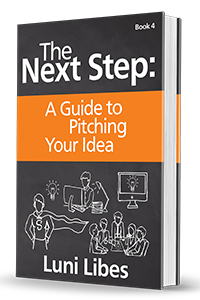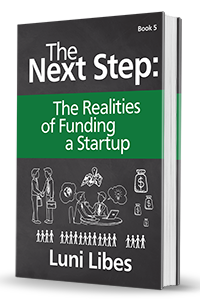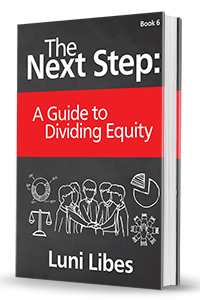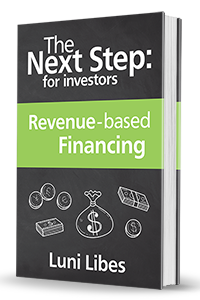
It feels like venture capital has been around forever. Forever as in at least a few hundred years, if not thousands, no? No. Venture capital as talked about and practiced today has only been around since 1959. It is younger than my parents. And it wasn’t a $1+ billion industry until the 1980s, when I was in high school. This is part 1 of a series. The (Lost) History of Venture Capital...




